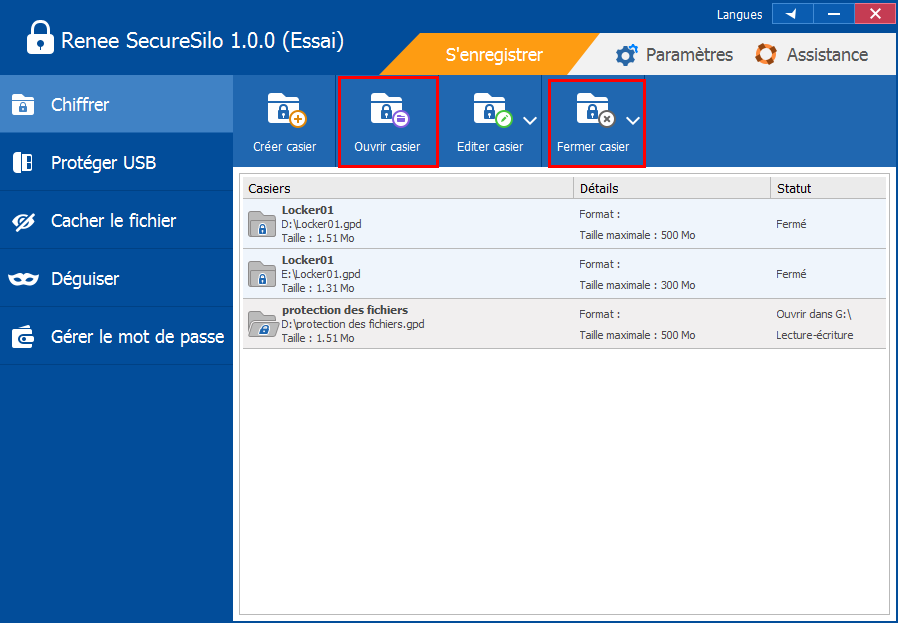

While not terribly necessary, I needed the vmmap call a few times to make sure that memory was actually writable.

This helped me organize a few of my registers when I got stuck about halfway through.Īlso, while I don’t have the output here, I finally installed PEDA on my SLAE box during this assignment. There was also a post about implementing the encryption routine in x86 (AT&T). NOTE: THIS SHOULDN'T BE HARDCODED IN AN ACTUAL APPLICATION Add 8 to EAX to begin decrypting the next two words Replace encrypted shellcode word's with decrypted versions Note that ECX will only be zero after 32 iterations As I wasn’t going for the most secure algorithm, I figured that I would be fine with the original.įor reference, here is the decrypt method that I will be implementing in assembly. The XTEA algorithm is a bit more secure, but slightly longer and harder to code.
#Crypter programme code#
That, and it is a fairly simple algorithm, taking only 11 lines of C code for the decrypt method.įor more information on the Tiny Encryption Algorithm, I highly recommend the following paper(s). While not the most secure encryption algorithm, it is still decent enough for my use. Additionally, I wanted my code to work on all processors, even if they didn’t support the instruction set.Īfter a bit more searching, I stumbled upon the Tiny Encryption Algorithm. Unfortunately, this proved a little more difficult than I originally planned. With the decision made, let’s jump into my algorithm choice! Tiny Encryption Algorithmĭue to my decision to write my decrypter in assembly, I had to find a fairly simple algorithm.įirst, I attempted to go with AES, and use the AES-NI instructions.
#Crypter programme portable#
More portable than a scripting language.In theory, a bit faster and smaller than using another language.

Using assembly instead of another language also affords me a few advantages. I originally wrote most of it in Assembly, but realized that it would be obnoxious to handle my printing and modification easily. That said, I did end up writing my encryption script in Python. This entire course was about assembly, so it felt funny to do the last assignment in another language completely. In this case, I decided to use assembly as my programming language. Assignment #7, and the final assignment, for the SLAE exam is to create a custom shellcode crypter.įirst, the requirements for assignment #7 were as follows.Ĭreate a custom crypter like the one shown in the "crypters" videoįree to use any existing encryption scheme


 0 kommentar(er)
0 kommentar(er)
